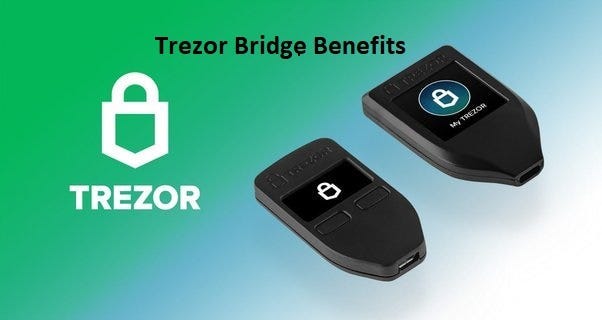
Trezor Bridge: Simple Setup, Secure Use, and Fast Troubleshooting
This guide explains what trezor bridge does, how to install it, common problems and fixes, and best security practices so you can use your Trezor hardware wallet smoothly.
What is Trezor Bridge?
Trezor Bridge is a small desktop helper application that lets your web browser communicate securely with a Trezor hardware wallet. When you use the web-based wallet or Trezor Suite in the browser, trezor bridge handles the local USB or WebUSB connection and forwards commands while maintaining security boundaries between the device and the browser.
Why you need Trezor Bridge
Many browsers restrict direct low-level access to hardware for safety. Trezor Bridge runs on your computer and provides a trusted, local bridge so the browser can send approved requests to the hardware device. Without it, the browser may not detect or communicate with the Trezor reliably.
Installing Trezor Bridge — quick steps
Follow these steps to install trezor bridge on Windows, macOS, or Linux.
1. Download
Visit the official Trezor website or Trezor Suite download page and choose the Bridge installer for your OS. Always download trezor bridge from official sources to avoid tampered packages.
2. Run the installer
Open the downloaded file and follow the on-screen instructions. On macOS you may need to allow the installer in System Preferences > Security & Privacy. On Windows, follow the installer wizard and accept necessary permissions so trezor bridge can run as a background service.
3. Start and test
After installation, launch your browser and open the official Trezor web wallet or Trezor Suite. Connect your Trezor device; the site should detect the device via trezor bridge. Look for prompts on both the site and the device screen to confirm.
Troubleshooting common Trezor Bridge problems
Browser cannot detect device
If your browser doesn't detect the Trezor, check that trezor bridge is running in the background. On Windows, look for a Bridge process or check Services. On macOS and Linux, check your process list. Reinstalling trezor bridge can fix corrupted installs.
Permissions blocked
Some browsers or OS settings block WebUSB or background helpers. Make sure the browser has permission to talk to local apps and that any anti-virus or firewall isn't blocking trezor bridge. Temporarily disabling third-party security software for a quick test can identify if they're interfering.
Device is connected but not responding
Try a different USB cable and port. Faulty cables or power-limited ports often cause intermittent issues. Use the cable supplied with your Trezor or a short, high-quality data cable. If that fails, reboot your computer and Trezor device.
Security tips when using Trezor Bridge
Trezor Bridge does not store private keys; the keys remain on the device. Still, follow these best practices:
- Only download trezor bridge from official Trezor domains to avoid malicious copies.
- Keep your computer OS and browser up to date to reduce security vulnerabilities that could target local helper apps like trezor bridge.
- Never enter your recovery seed into any computer or website. Recovery phrases belong off-line and on paper or metal.
- Use a dedicated browser profile for crypto activity and avoid unnecessary browser extensions when accessing your Trezor.
Advanced: command-line checks and reinstallation
Advanced users can verify that trezor bridge is listening on expected local ports and restart its service manually. If automatic updates fail, download the latest installer and reinstall to ensure the service binary is current.
Reinstall steps (summary)
- Close browser and quit any running Trezor applications.
- Uninstall the current trezor bridge from your system settings or package manager.
- Download the latest installer from the official site and run it.
- Restart your computer and re-open the wallet site to confirm detection.
Frequently asked questions (FAQ)
Do I always need Trezor Bridge?
For most browser-based interactions with older browser setups, yes. Some native Trezor apps and modern WebUSB-enabled browsers may not require Bridge, but installing trezor bridge provides the widest compatibility.
Is trezor bridge safe?
Yes, when obtained from official sources. Trezor Bridge is a local helper that forwards approved communications. It does not have access to your private keys stored on the device.
Where to get help?
Check official Trezor documentation and support channels if you hit unusual errors. Community forums can also help, but verify any advice before applying it to your setup.